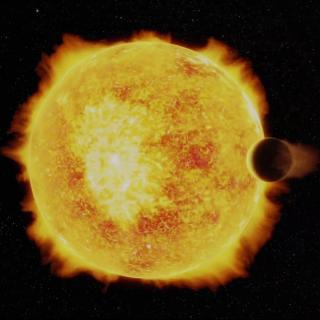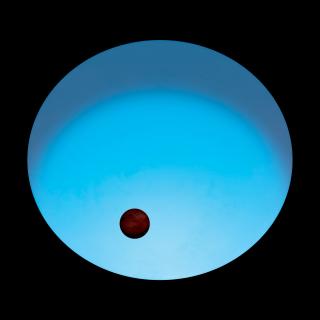
CHEOPS, the new exoplanet mission of the European Space Agency (ESA), in which the Instituto de Astrofísica de Canarias (IAC) is participating, has observed a nearby planetary system which contains one of the hottest and most extreme extrasolar planets known until now: WASP-189 b. The result, the first from this mission, is being published in Astronomy & Astrophysics.
Advertised on
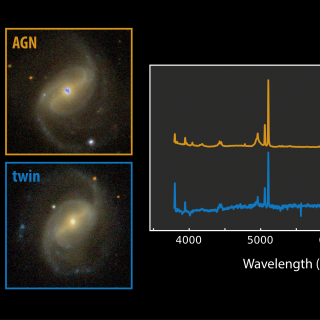
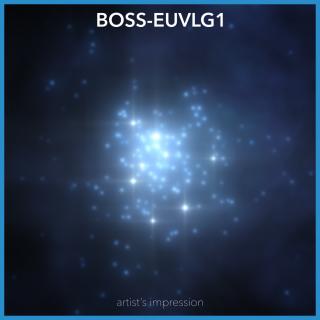
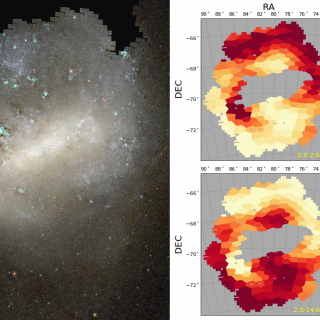
![The [O III] spatial profiles The spatial profiles of the observed and expected [O III] 4363 (orange and green, respectively), residuals from subtracting the expected collisional [O III] 4363 profile from the observed one (red), and the O II 4649 profile scaled (blue).](/sites/default/files/styles/crop_square_2_2_to_320px/public/images/news/A46.png?h=0150dd40&itok=dpTtNI6g)
